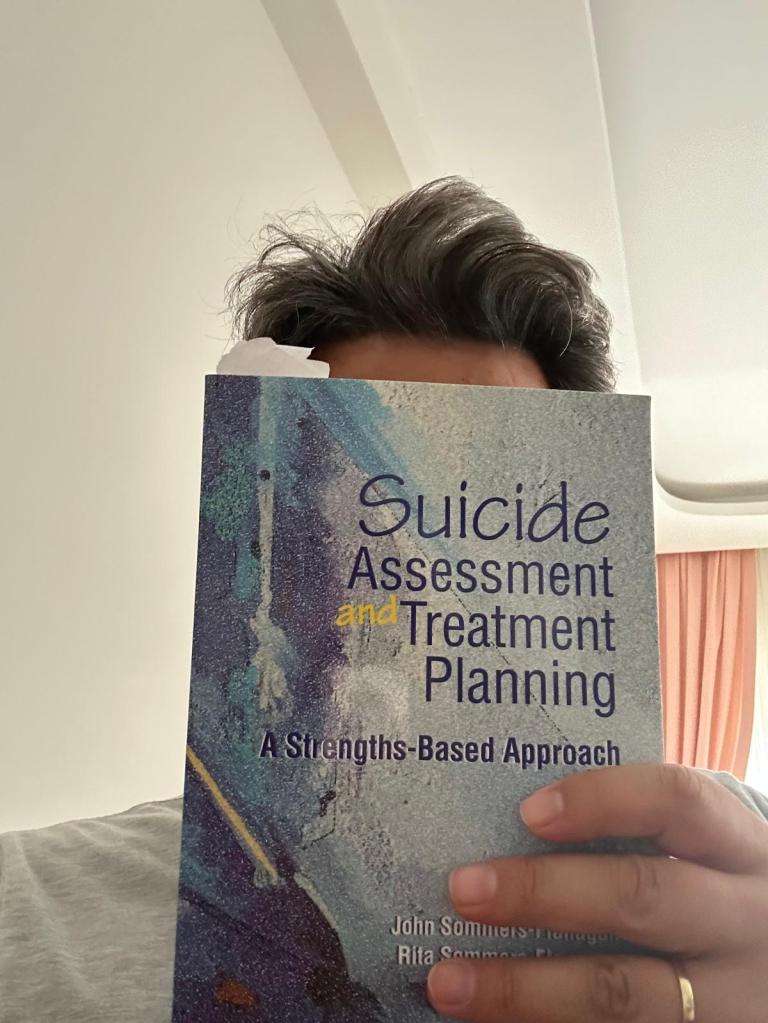
I’m done with New Year’s resolutions. This year, I’m changing from New Year’s resolutions to New Year’s intentions.
My first New Year’s intention is to be on time, which is why I’m writing this blog about nine days into 2026.
New Year’s resolutions, intentions, and goal-setting are distinctions with very little difference. You know what they say, “A rose by any other name still smells the same.” But, several years ago, New Year’s intentions became chic. That means if your goal—like mine—for 2026 is to become more chic, you should set intentions, because goals stink.
Whether we call them resolutions, intentions, or goals, ambition for self-improvement is based on one central idea in mental and behavioral health: We all want to be better, to do better, and to become better versions of ourselves.
But self-improvement has never been and never will be easy. What gets in the way? Almost anything. We get distracted. We lose motivation. We get in our own way. We get annoyed and enraged at a world over which we have no control and then give up on the things we do have control over. If you’ve become frustrated at improving yourself (or our American democracy), join the club.
Before I offer a list of tips for bending resolutions, intentions, or goals to your will—so you can remake yourself, here’s a big caveat: Nothing always works. Just because I list it below, it doesn’t mean it will work for you. Life is an experiment. To effectively change your behavior is a long and winding experimental path. Your first resolution, intention, or goal should be to learn as much as you can as you experiment (and intermittently fail) at your efforts for self-improvement. Now, here’s the list of ideas you can try to make yourself a better YOU in 2026.
- Linger, reflect, and contemplate on what you want to change about yourself and your life. Impulsive goals last until you get to your next impulse. You may want to consult with someone about what you want to change and why. When building intentions, clarity helps. Finding your why helps too.
- Don’t set DUMB goals. I could have suggested that you set SMART goals, but that’s boring and passé and I’m chic. DUMB goals are goals that involve factors outside your control. If your goal is to experience even more frustration then you’re already experiencing, then be sure to make your goal all about somebody else, like, for example, getting your romantic partner, your parent, or your child to communicate better or be on time or stop criticizing you. If you want a snowball’s chance of success, put the resolution, intention, or goal within your circle of control.
- Make yourself a bad-ass plan. You shouldn’t rely on your mythical willpower or your vision board or somebody else’s plan. You know yourself. Make a plan that incorporates knowledge from your previous successes. Use your knowledge of your skills for avoidance and your tendency toward distraction to build yourself a unique plan for change.
- Set yourself up for easy actions. Let’s say you want to run a marathon or lose 20 pounds or bench press 220 lbs. Would you expect success tomorrow? Of course not. If you’re chic like me, set short-term and long-term intentions.
- Go public. If you tell a few people about your goals, you’re more likely to stick with them. Why? It’s not rocket science. Who wants to humiliate themselves via public failure? Also, it doesn’t hurt to check your realism with your friends and family. If your family tells you you’re foolish, use that info in one of two ways: (a) re-evaluate and re-set your goal or (b) use your family’s lack of faith in you as motivation to prove them wrong.
- Physically, mentally, and emotionally celebrate short-term success. One of the best tricks for habit change is to celebrate the small steps you make toward success. If you want to engage in social justice activities, give yourself a high-five or a fist pump or a verbal yessssss when you take a tiny step toward meeting with a like-minded civic group. Your brain will feel the love and help you continue toward your goal.
- Manage your self-talk (or not). Inevitably, your brain will try to sabotage you. You’ll hear an inner voice of doubt. Words like “You can’t do it” will rise up to smite you and your efforts. Don’t bother wondering where they came from. Either just notice them, say hello, and then let them float away or push back on them with evidence and effort.
This is a short list of a few ideas. There’s much more out there in the world, should you be interested. One warning: If you’re reading or watching something that promises magically easy self-improvement “hacks,” just get out your clicker and change the channel, because, if you’re chic like me, then you know self-improvement requires a savvy plan and sustained effort.
***********************************************
For more information:
An article on “Better Habits” from Time Magazine by Professor Fogg of Stanford University: https://time.com/5756833/better-control-emotions-better-habits/
An old “Hidden Brain” podcast called “Creatures of Habit.” https://hiddenbrain.org/podcast/creatures-of-habit/
A short goal-setting assignment I’ve used with my happiness classes:
An even shorter “Change one thing” reading from the happiness challenge:






